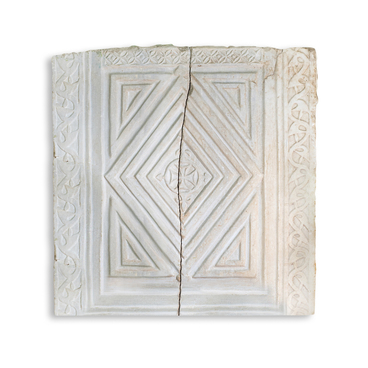The campsites of primitive hunters, gatherers, and farmers can rightfully be called striking examples of the Neolithic (Chalcolithic) era in the territory of Sochi. The most famous of them include sites in Nizhneshilovskaya, Akhshtyrskaya, Blinovo-1, the areas of the Mzymta River, the villages of Kazachiy Brod and Moldovka, and the Central and Lazarevsky districts of the city. One of the key things that mark the beginning of the period of agricultural culture in the territory of the City of Sochi is a stone hoe designed for cultivating the land. Such tools are called Sochi-Adler type hoes, and they were widely used in the Chalcolithic era in the period from the 4th to the first half of the 3rd millennium BCE.
Outside the Caucasian Riviera, there are only a few sites where Sochi-Adler type hoes have been found. Researchers note the similarity of these hoes to corresponding agricultural tools from West Asia (the Hassuna and Jemdet Nasr cultures), which are also dated to the turn of the 3rd millennium BCE. This may indirectly indicate that agricultural practices came to the Black Sea coast of the Caucasus from this region. The hoe was used for cultivating soil and processing plants, typically tied to a wooden stick. Such agricultural tools, with stone tips, offered significant advantages for working narrow paths and row spacing, which greatly increased labor productivity and improved the overall economic situation of ancient peoples.
The tools were made of rounded river pebbles, formed from slate, diorite, fine-grained sandstone, and sometimes flint. The pebbles were split lengthwise, and the resulting plates were thoroughly processed. The width of the tool varied within a few centimeters. The pointed upper part of the hoe was processed by chipping. The traditional shape was often somewhat triangular, less often oval, and the working part was usually rounded.


